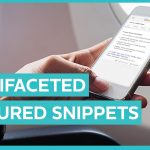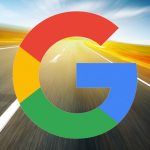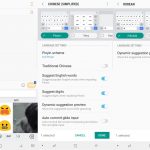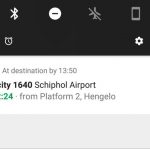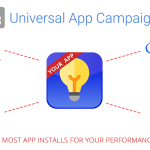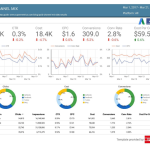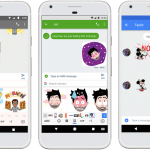CVS Pilots Google Nearby Beacons To Message Customers
 Associate Editor, July 19, 2016
Associate Editor, July 19, 2016
Google Nearby lets retailers send beacon messages to shoppers via the Google Play app. CVS is one of the first retailers to jump on board.
Pharmacy and retailer CVS Caremark Corp. is expanding its beacon program, and it’s using a new tool from search giant Google Inc. to reach even more shoppers.
Google recently announced it is allowing businesses, including retailers, to send smartphone alerts to consumers via Google Play, which is the preinstalled app store app on Android devices. The program is called Nearby, which Google announced in its official Android blog last month.
CVS is one of the first businesses testing Nearby. The program is meant to make it easier for consumers to discover apps and websites that are relevant to them based on their physical location, a Google spokesman says. For retailers, this means reaching a wider audience than just the subset that has downloaded their app.
“This can be beneficial to any retailer who wants to increase the visibility of a mobile experience that’s timely and relevant when users are in the store,” he says.
After all, without the Google program beacons—small transmitters that sense a smartphone’s location via Bluetooth low energy—are useless to a retailer if a shopper doesn’t have the correct app on her smartphone. That meant, for example, that the only consumers who previously received CVS push notifications when they were nearby a CVS store were those who had the downloaded the retailer’s app.
But that’s no longer the case.
CVS is using the Nearby program to let shoppers know they can send photos to the retailer for in-store printing via the CVS smartphone app, according to Google. CVS declined to comment.
Retailers can use Nearby to send notifications to advertise a mobile website, trigger an action in their app or trigger an app install. To receive Nearby messages, consumers need to have an Android 4.4 device and up, which is 78.5% of Android smartphones as of July 2016 according to Google, plus location and Bluetooth turned on. If a consumer receives a message she is interested in, she taps on it and she is taken to the relevant page on the mobile site, app or Google Play. She can also dismiss the message if she is not interested.
Retailers can use beacons they’ve already purchased or buy new beacons for the program. Retailers must configure the hardware to use Google’s Eddystone beacon protocol, which is Google’s open format beacon signal, and then register their beacons with Google before they can set up the messages the beacons send. Google does not charge for a business to use Nearby.
Other businesses using Nearby include United Continental Holdings Inc., University of Notre Dame and the Los Angeles museum The Broad.
(28)


